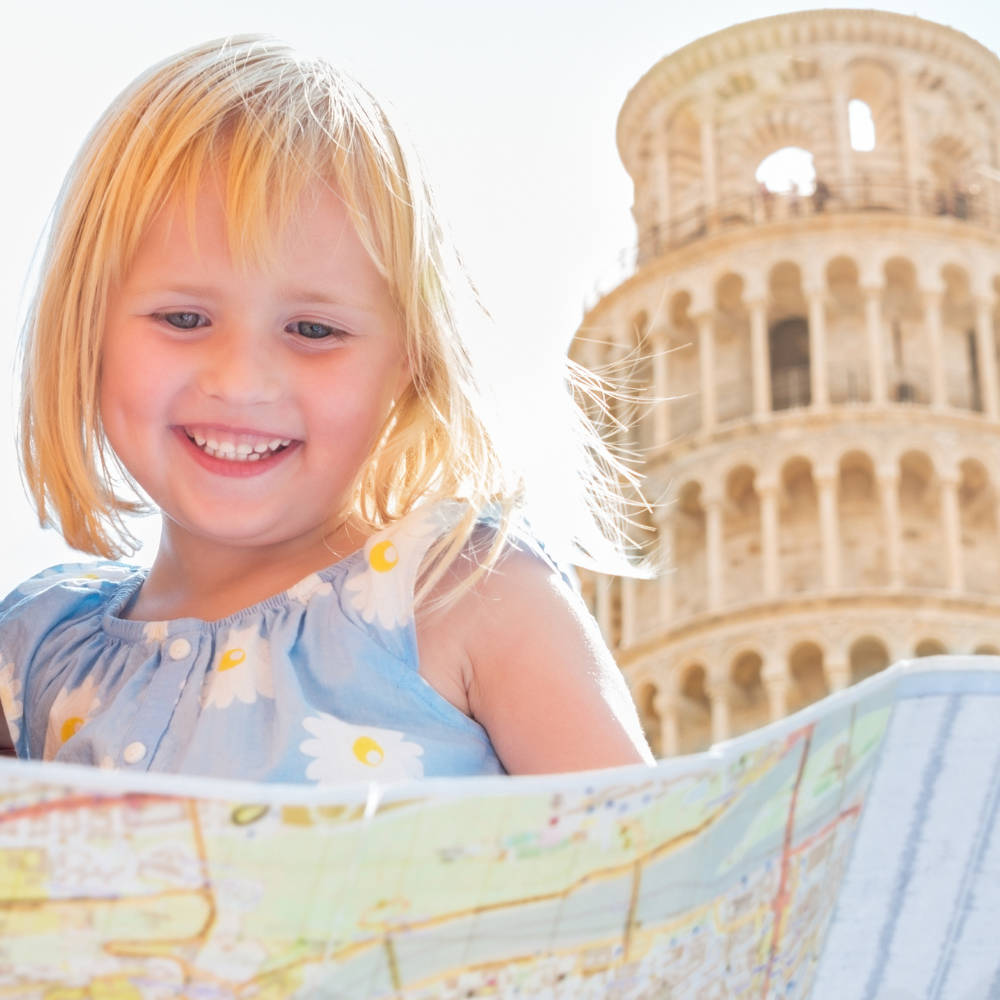– Donatello: Donatello (Donato di Niccolò di Betto Bardi) was born in 1386 and died on December 13, 1466. He was a famous sculptor and artist of Florence in the Early Renaissance. Famous statues include Gattamelata and David.
– Columbus: Cristoforo Columbo (Christopher Columbus) was born in 1451 and died May 20, 1506. He was an explorer and trader who sailed to America, reaching it on October 12, 1492. His discovery initiated the colonization of the Americas.
– Michelangelo: Michelangelo di Lodovico Buonarroti Simoni was born March 6, 1475, and died February 18, 1564. Michael Angelo was a Renaissance sculptor, architect, painter and poet. Angelo painted the ceiling of the Sistine Chapel, sculpted the famous David and Pieta, and designed the dome of St. Peter’s Basilica in Rome.
– Galileo: Galileo Galilei was an Italian astronomer, astrologer, physicist, and philosopher closely associated with the scientific revolution. Galileo was born February 15, 1564, and died January 8, 1642. Galileo improved the telescope, observed various aspects of astronomy, developed the first and second laws of motion, and found proof to support Copernicanism. The conflict Galileo experienced with the Roman Catholic Church is seen as an example of the freedom of through conflict.
– Versace: Gianni Versace created the Italian clothing business known as Versace in 1978. “Versace” is now headed by Donatella Versace, with Santo Versace as CEO. As one of the world’s leading international fashion houses, Versace designs, markets and distributes luxury clothing, accessories, and fragrances, makeup and home furnishings.
– Roman Centurion: originally an officer commanding one hundred soldiers. As the rank developed several degrees of elevation, so did the number of men under the centurion’s command. These officers were chosen for their intelligence and courage in battle. They were expected to lead the charge as an example.
– Niccolo Machiavelli: a highly placed bureaucrat and diplomatist in the Florentine republic, whose writings over a wide range of topics gave us a penetrating view into renaissance culture and politics. For almost five hundred years, men in high places have been influenced and encouraged to follow his outline for power, as stated in his book Il Principe (The Prince), are based somewhat on his familiarity with the notorious César Borgia.
– Emperor Nero: from 54 to 68 C.E. Adopted by Emperor Claudius, he succeeded him upon his death. His reign was characterized by extravagance and tyranny. Morally weak and extremely sensual, he was guilty of many murders, including his own wife’s. He was accused of allowing the fire that destroyed two-thirds of Rome to burn. Nero escaped being overthrown by committing suicide.
– Pope Alexander VI: member of a dynasty of Spanish popes, he was seen as one of the “seven bad popes,” but he was no worse or better than others of his time. He bought his election to the papacy, practiced nepotism with his large family, and tried to strengthen the papacy through the conquest of central Italy.
Cesare Borgia: He was Machiavelli’s model for his ideal ruler, “The Prince.” He was very passionate about gaining revenge and avenging murders.

Online Italian lessons for kids: dinolingo.com

